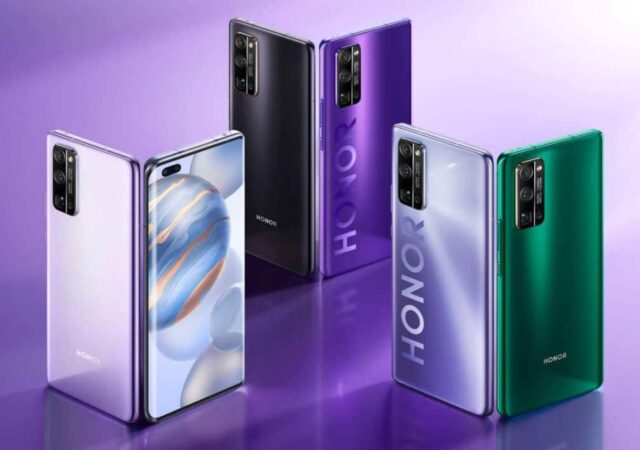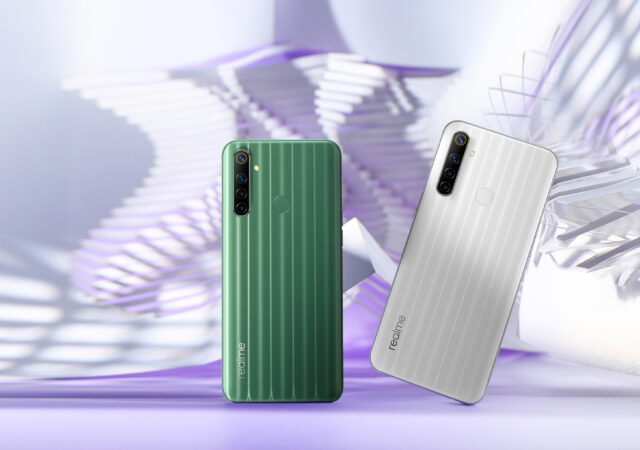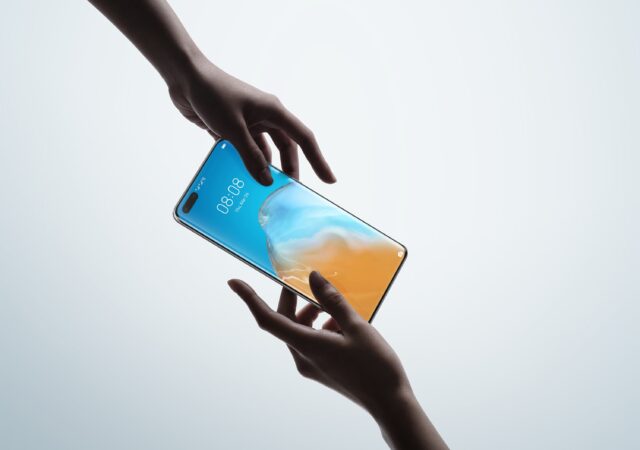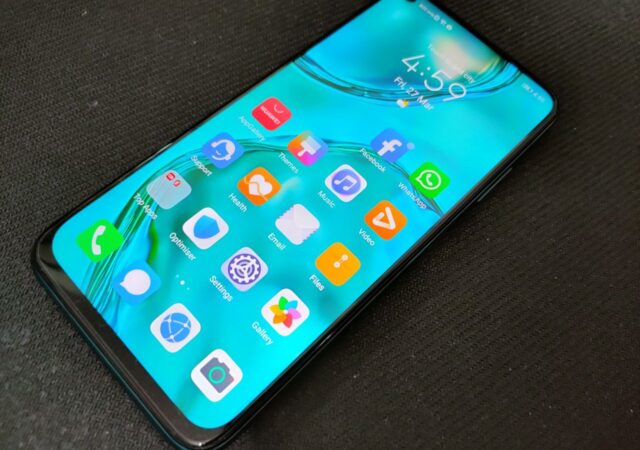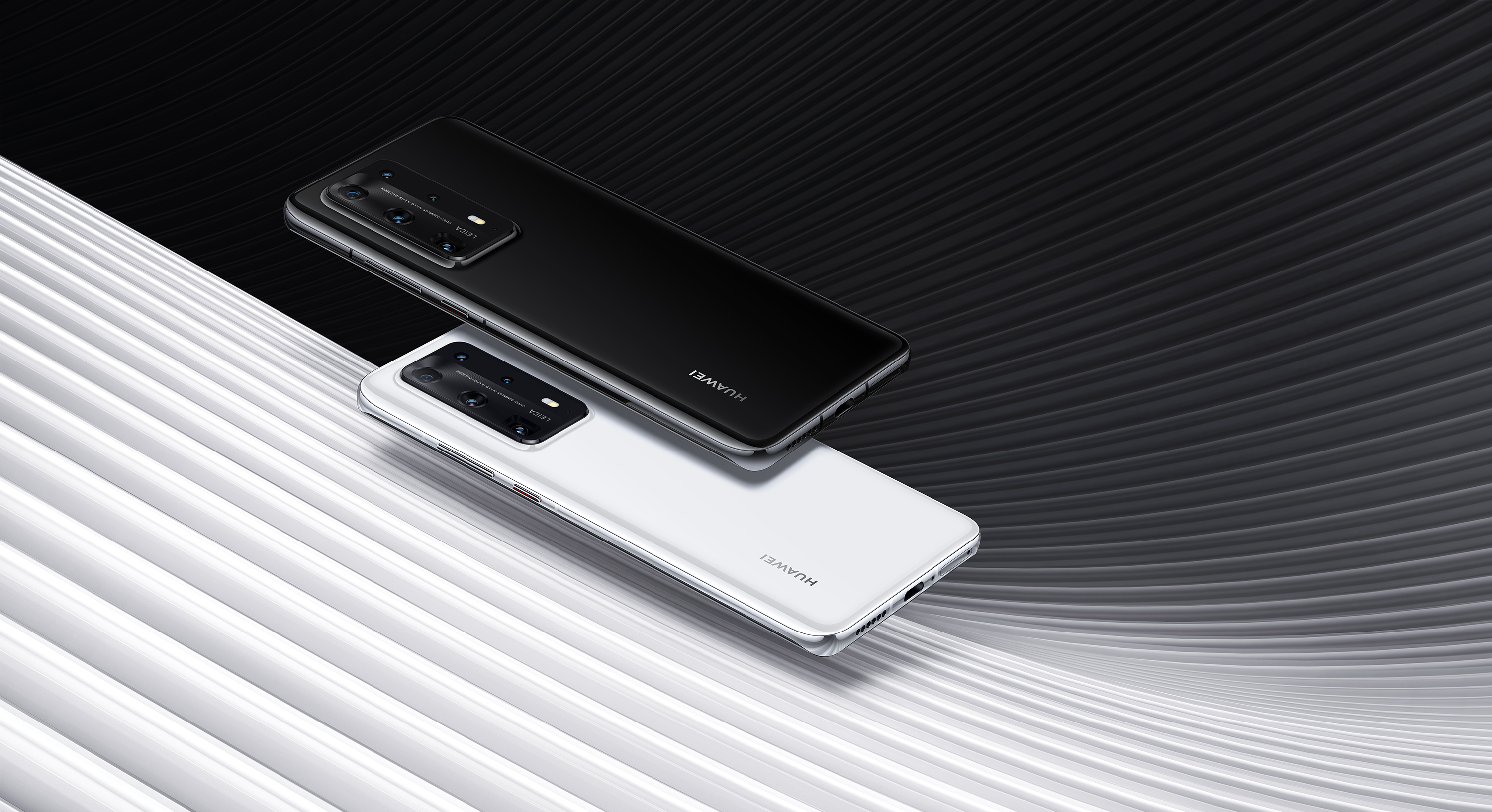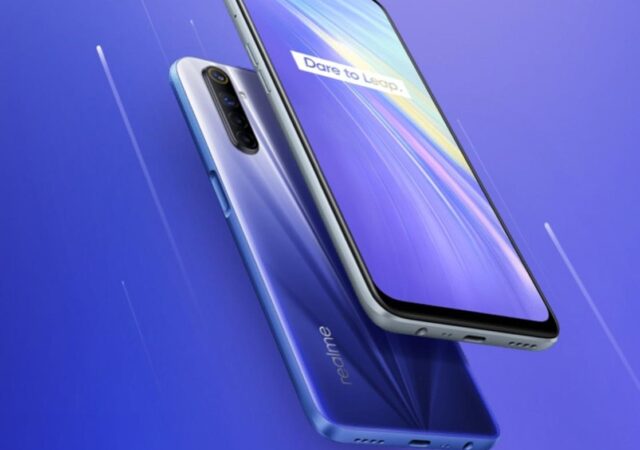This is our review of the new Samsung Galaxy S10 Lite, how does the S10 Lite compare to its top tier flagship siblings.
HONOR 30 Series Debuts in China
HONOR unleashes their new flagship HONOR 30 series in China. The new series realigns the young brand with a more camera centric approach to its devices.
The realme 6i Launches in Malaysia With MYR 699 Starting Price Tag!
Realme launches their new entry-level smartphone contender in the Realme 6i. Priced from MYR 699 onward, it packs an Octa-Core MediaTek Helio G80 SoC and 48MP quad camera set up at the back of the device.
Samsung Galaxy Fold In Depth Review – Still A Prototype, but A Step in the Right Direction
Samsung’s Galaxy Fold is a revolutionary device, however, being an early adopter may have its drawbacks. Here’s our review of the new foldable.
The OnePlus 8 Series is Launched!
The OnePlus 7 series has been replaced by the newly launched OnePlus 8 series. The new devices offer highly advanced display with 120Hz of refresh rate and 240Hz of sampling rate with a highly rated 48-Megapixel camera at the back. Prices from US$ 699 all the way to US$ 999.
The HUAWEI P40 Series has arrived in Malaysia!
The highly anticipated photography flagship is here in Malaysia! The HUAWEI P40 series, the devices that tops the DX0Mark charts have made their way to the local market. The devices will be available 11th April 2020 onward starting from MYR 2,799 onward.
Living with HUAWEI Mobile Services and AppGallery Part 2: Adjusting Over the Weekend
It is part 2 of our life with HUAWEI’s very own Mobile Services ecosystem. There are a few things still missing from the device, but nothing that we cannot ultimately live with. We found even more apps that we might find useful though.
Living with HUAWEI Mobile Services and AppGallery Part 1: Starting Life Without Google
HUAWEI’s new smartphones now do not come with Google’s Play Store pre-installed. Will that be HUAWEI’s handicap though? We tried living with one of the most current HUAWEI device.
Huawei P40 Series Launches – The Evolution of Smartphone Photography.
HUAWEI just launched their brand new flagship P40 series. The new smartphone is the new word for smartphone photography with a bigger 50MP RYYB sensor. The new flagship will be available 7th April 2020 onward.
Realme 6 Launches in Malaysia for MYR 999– Online as Well, Of Course
Realme has launched their brand new Realme 6 smartphone in Malaysia for MYR 999. The device comes with a MediaTek Helio G90T SoC and 64MP quad-camera set-up. It will be available in Malaysia 27th March 2020 onward.




